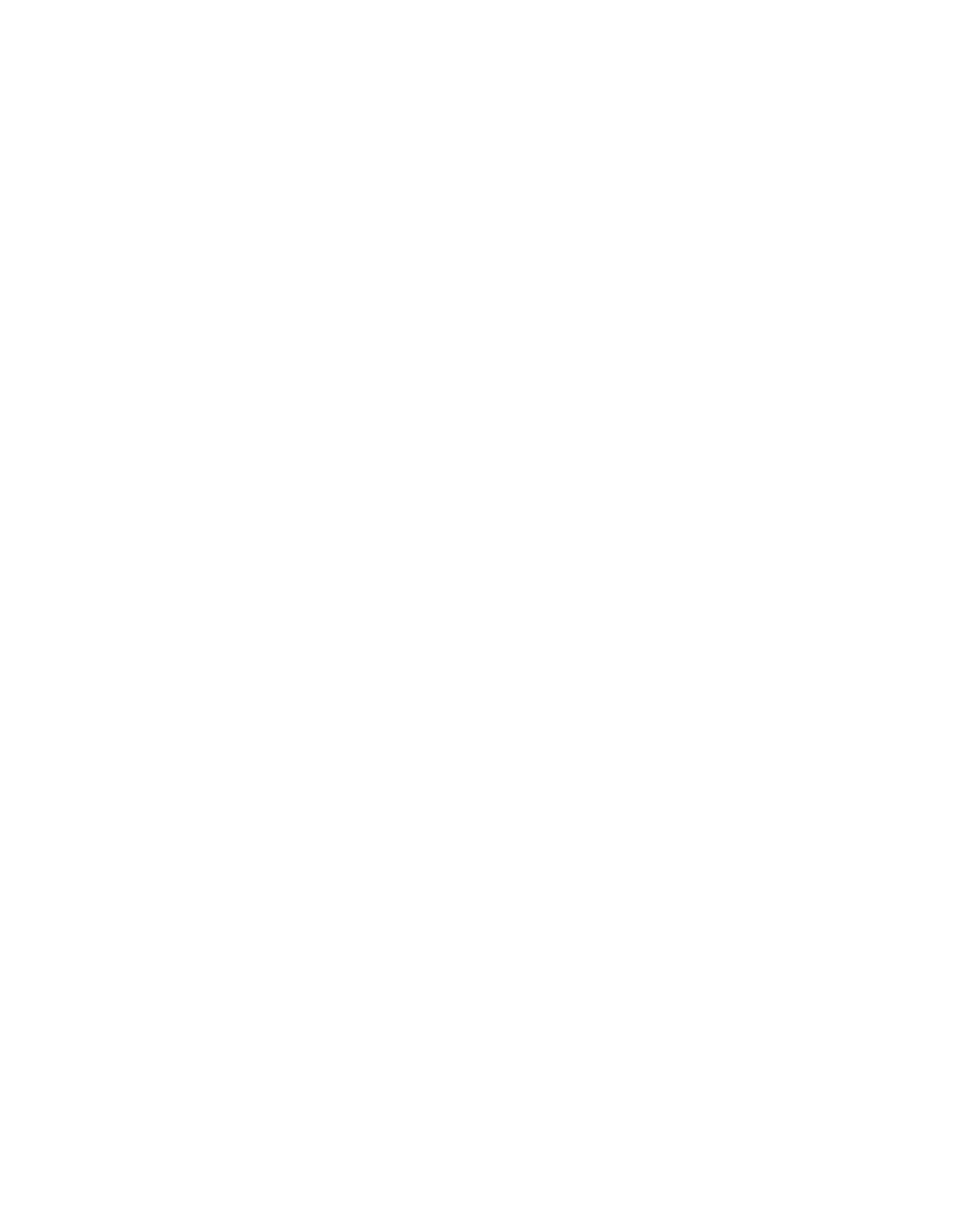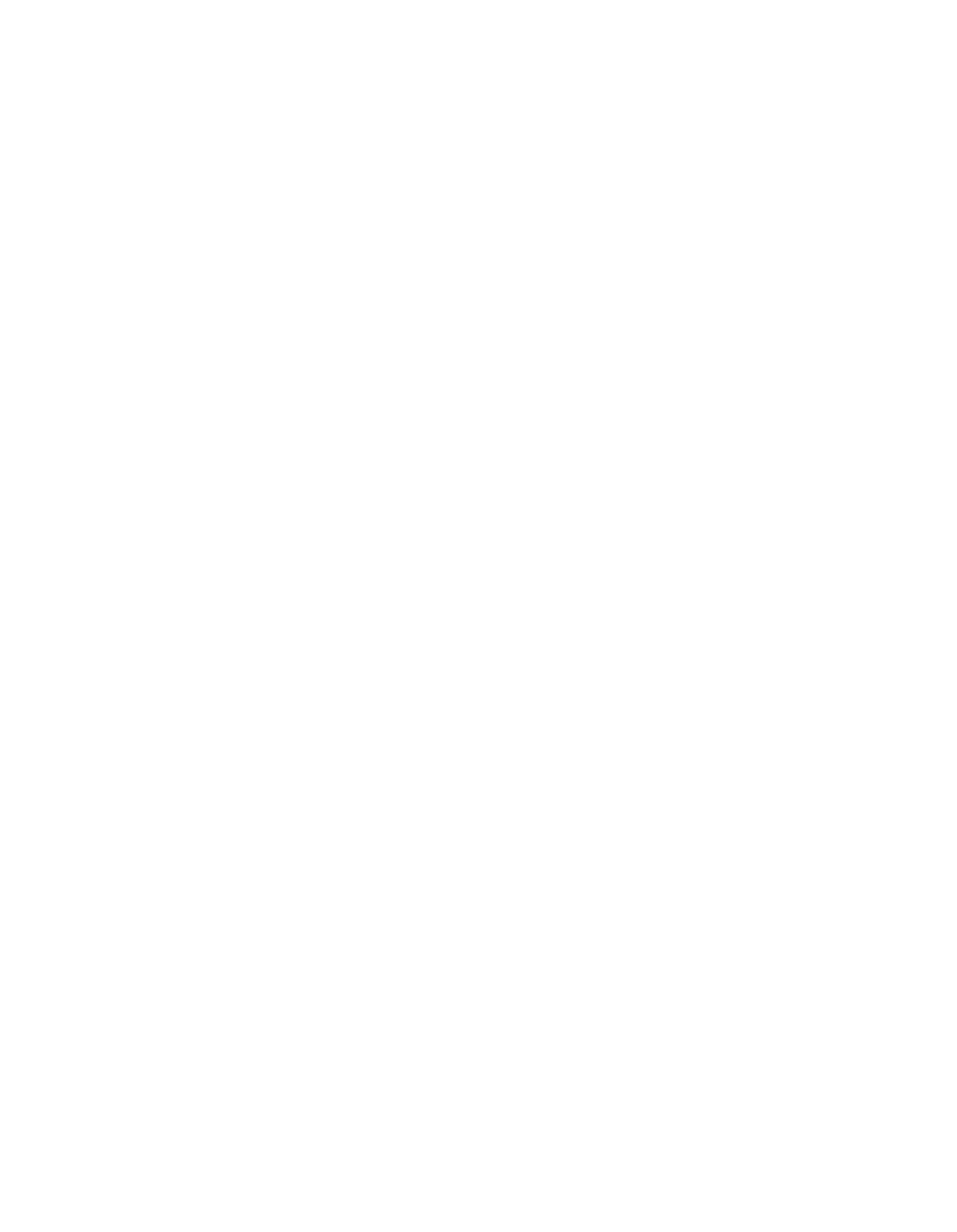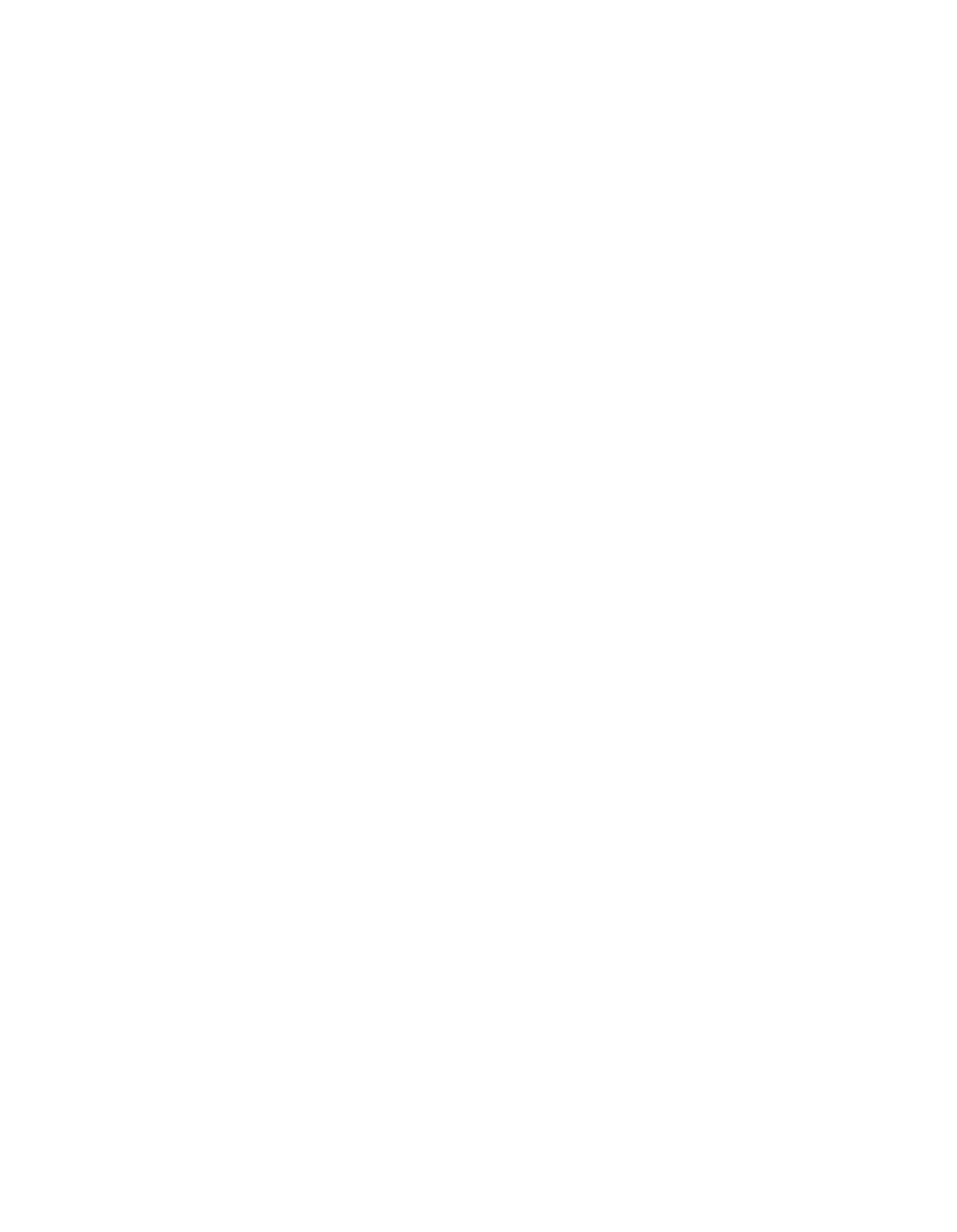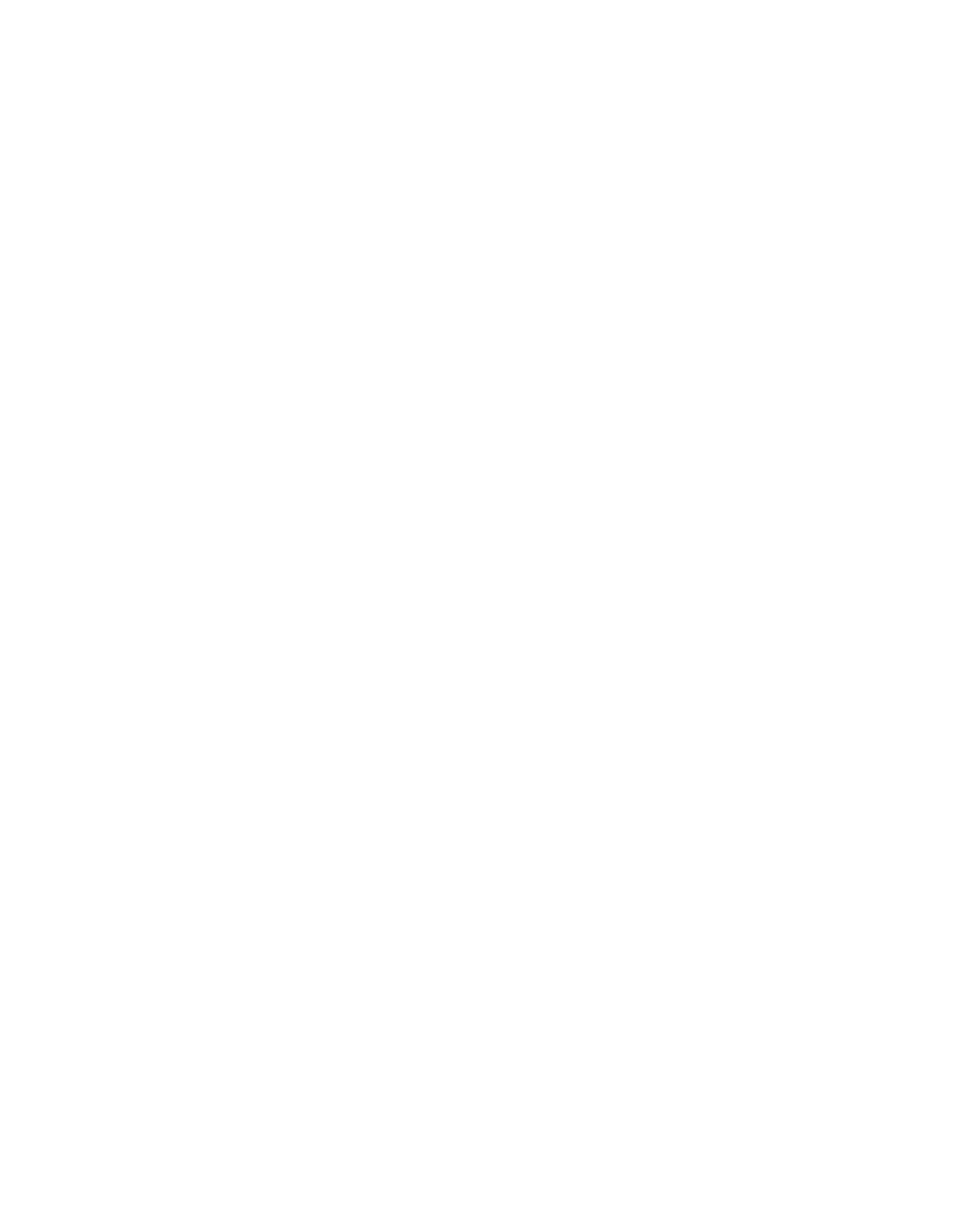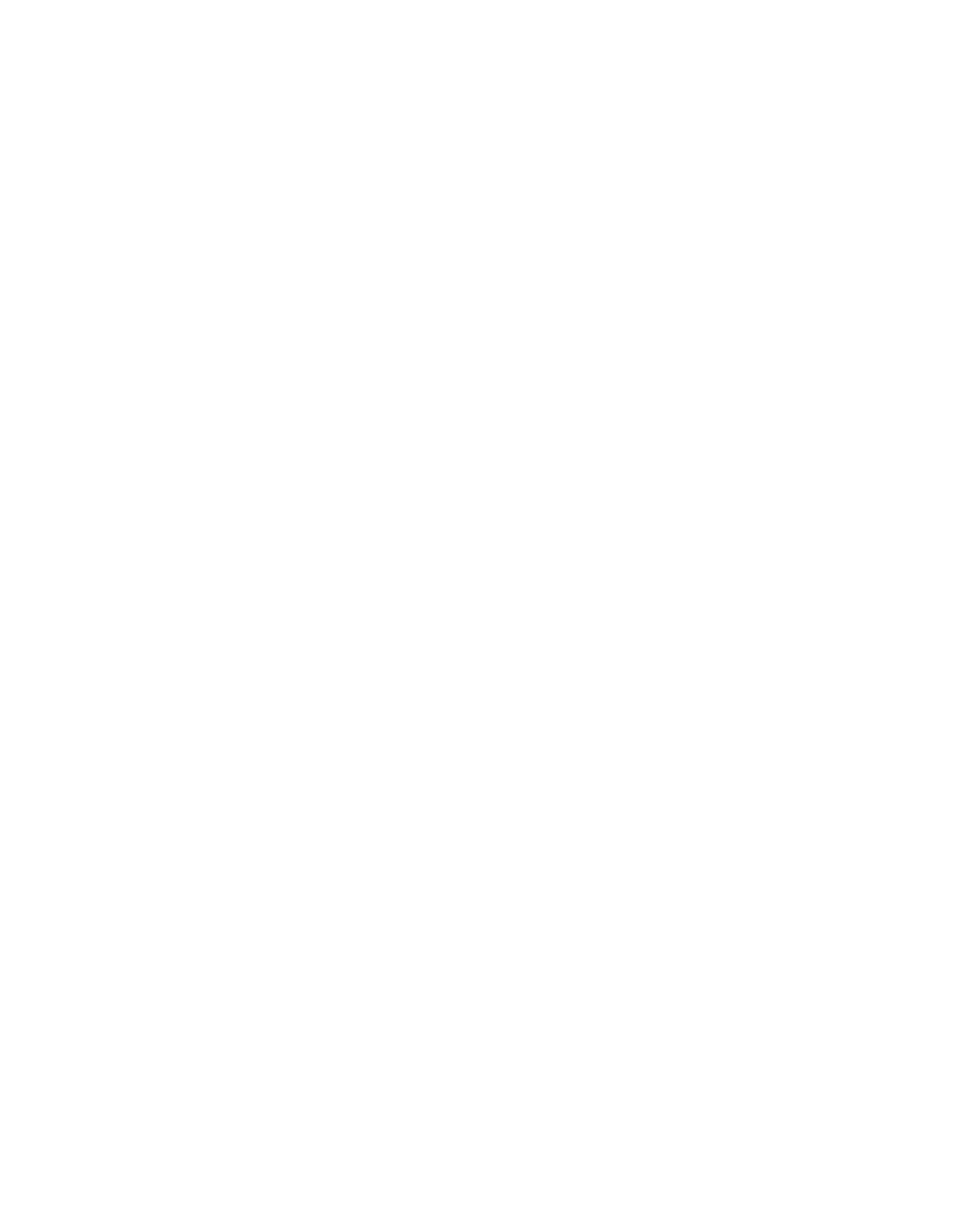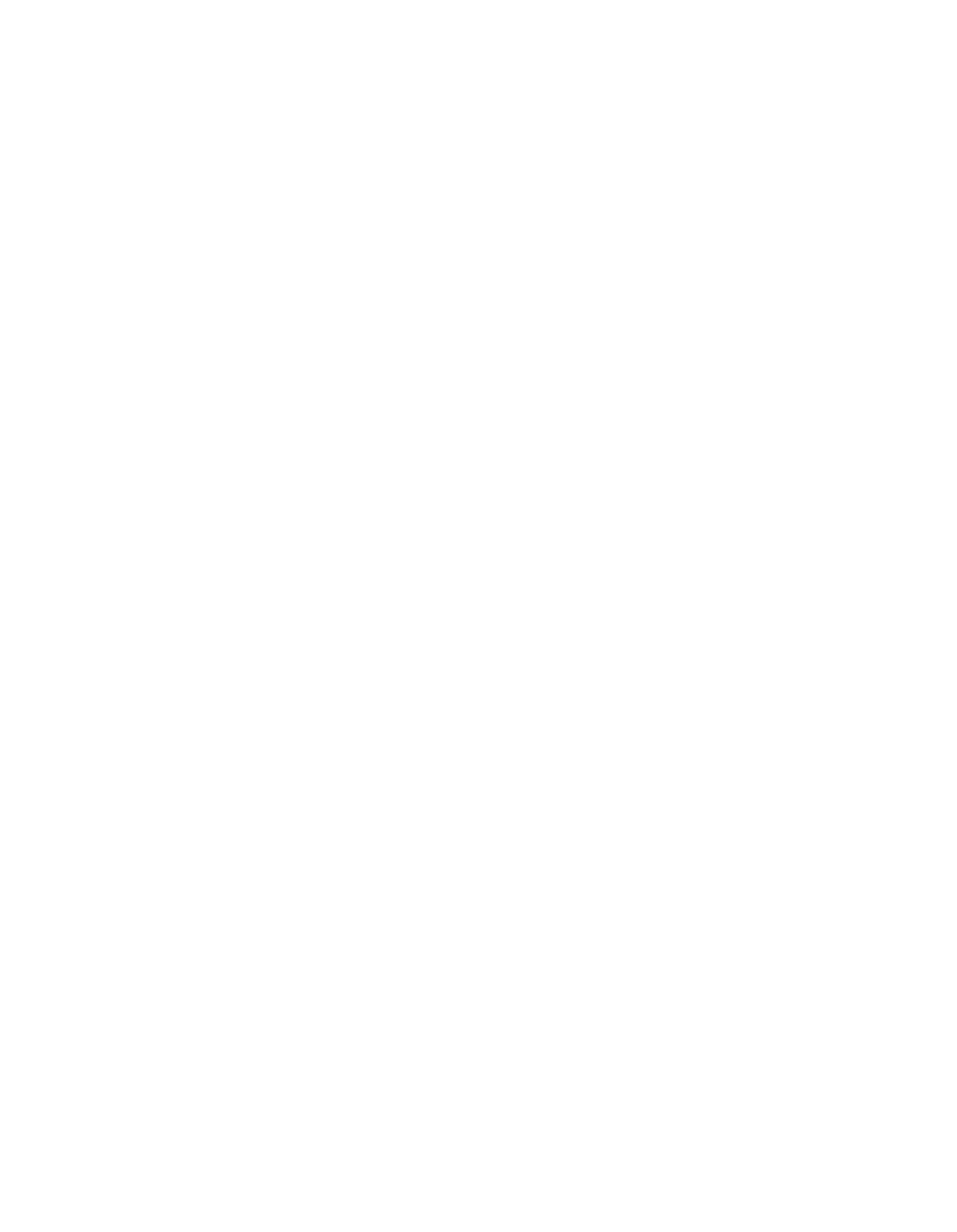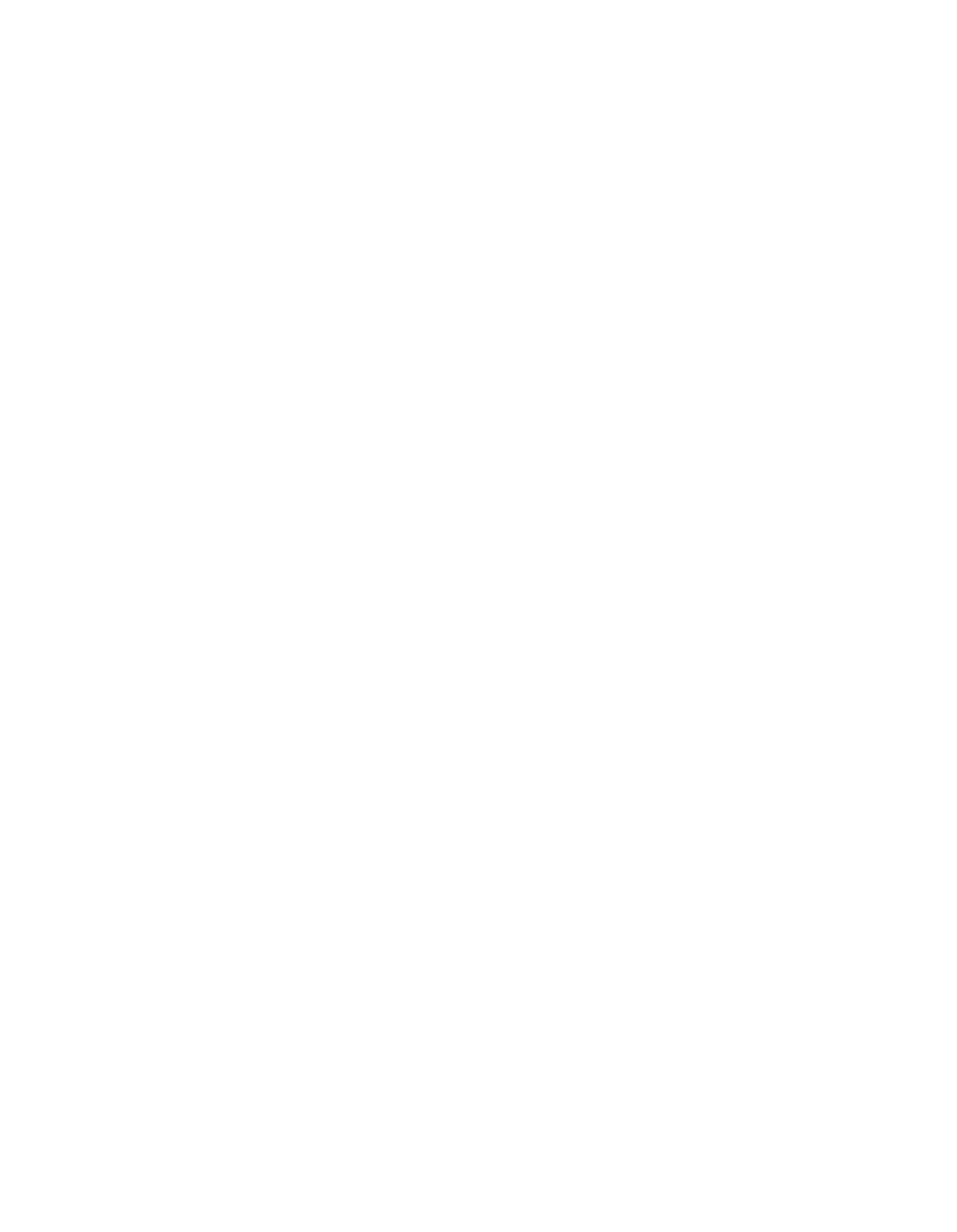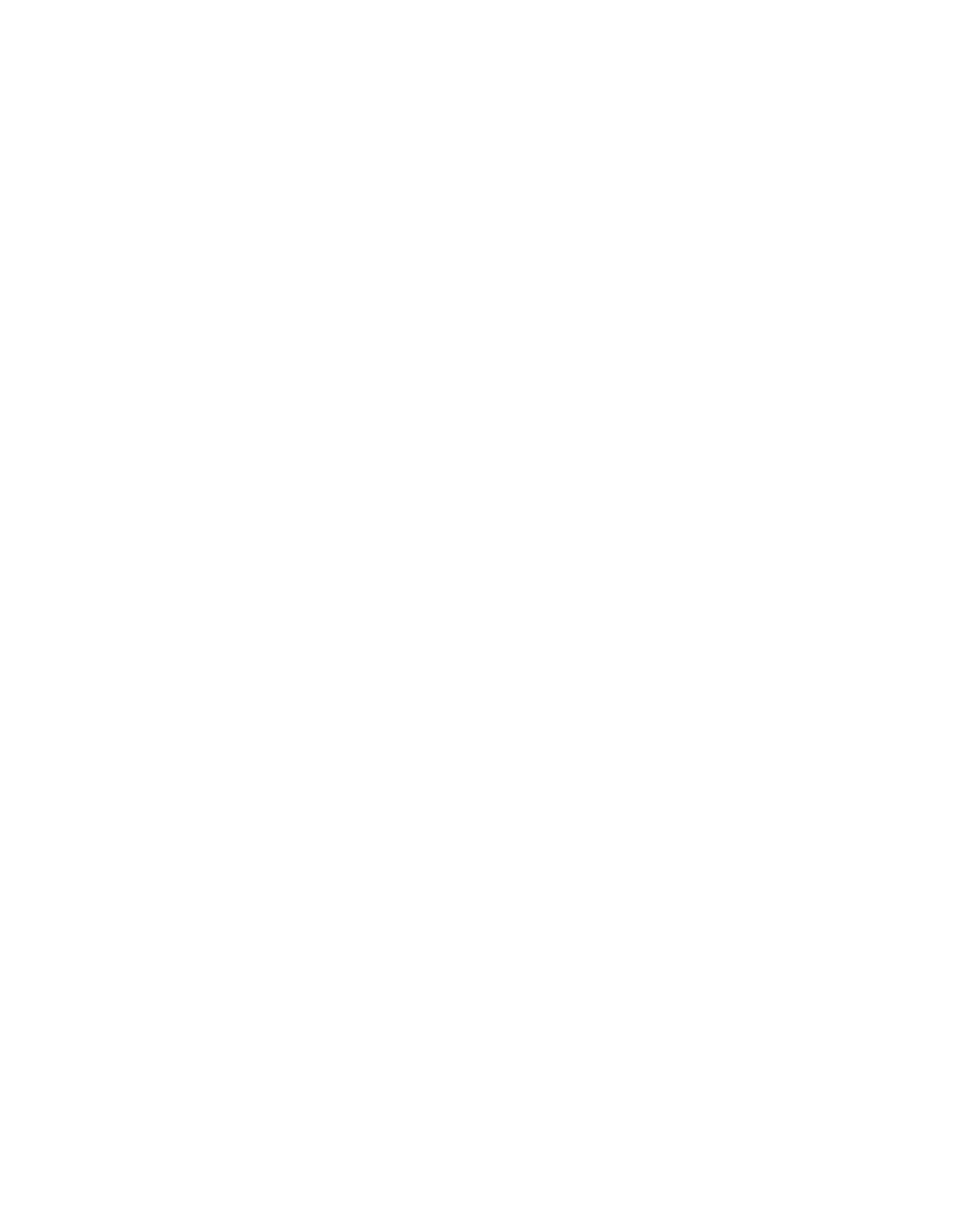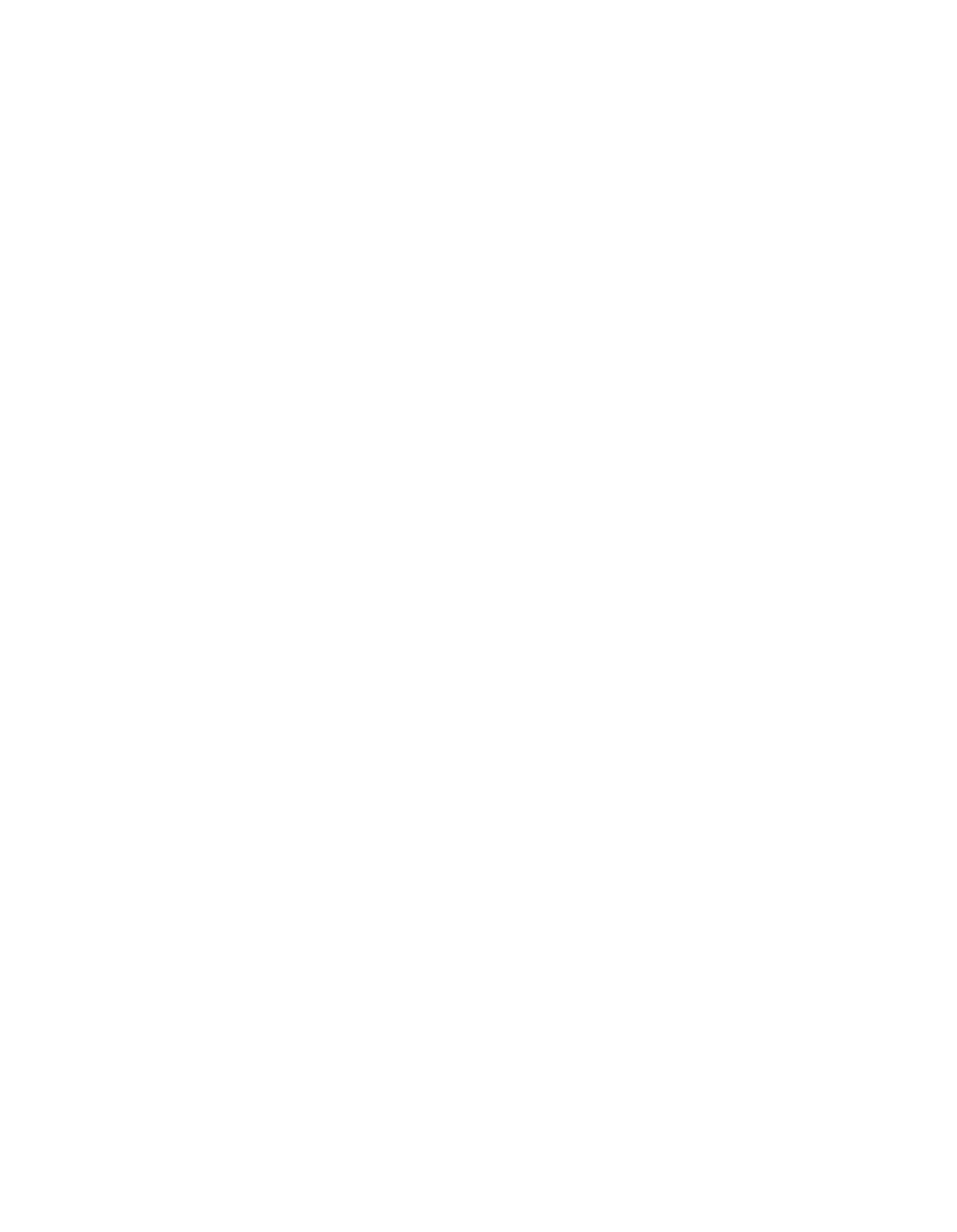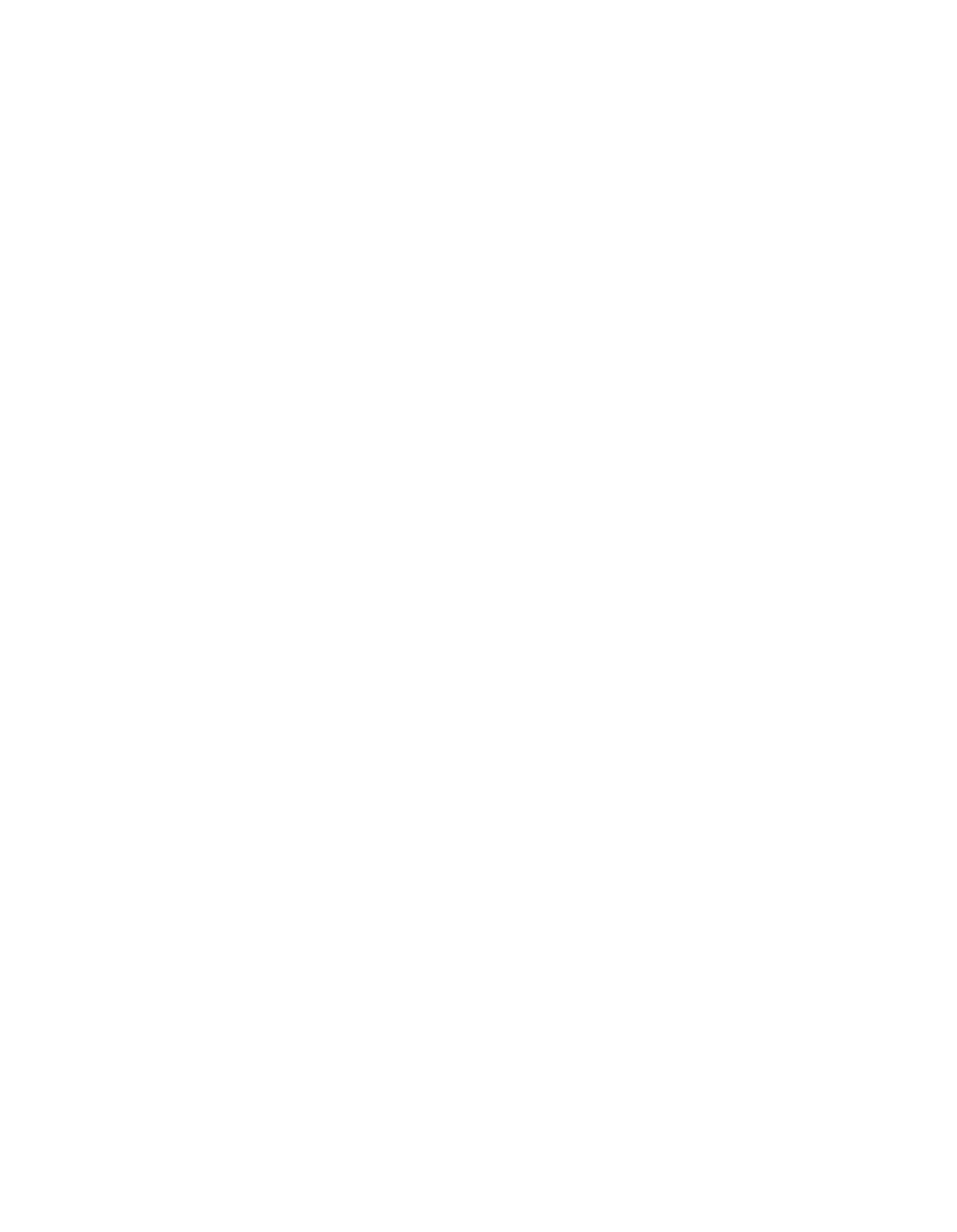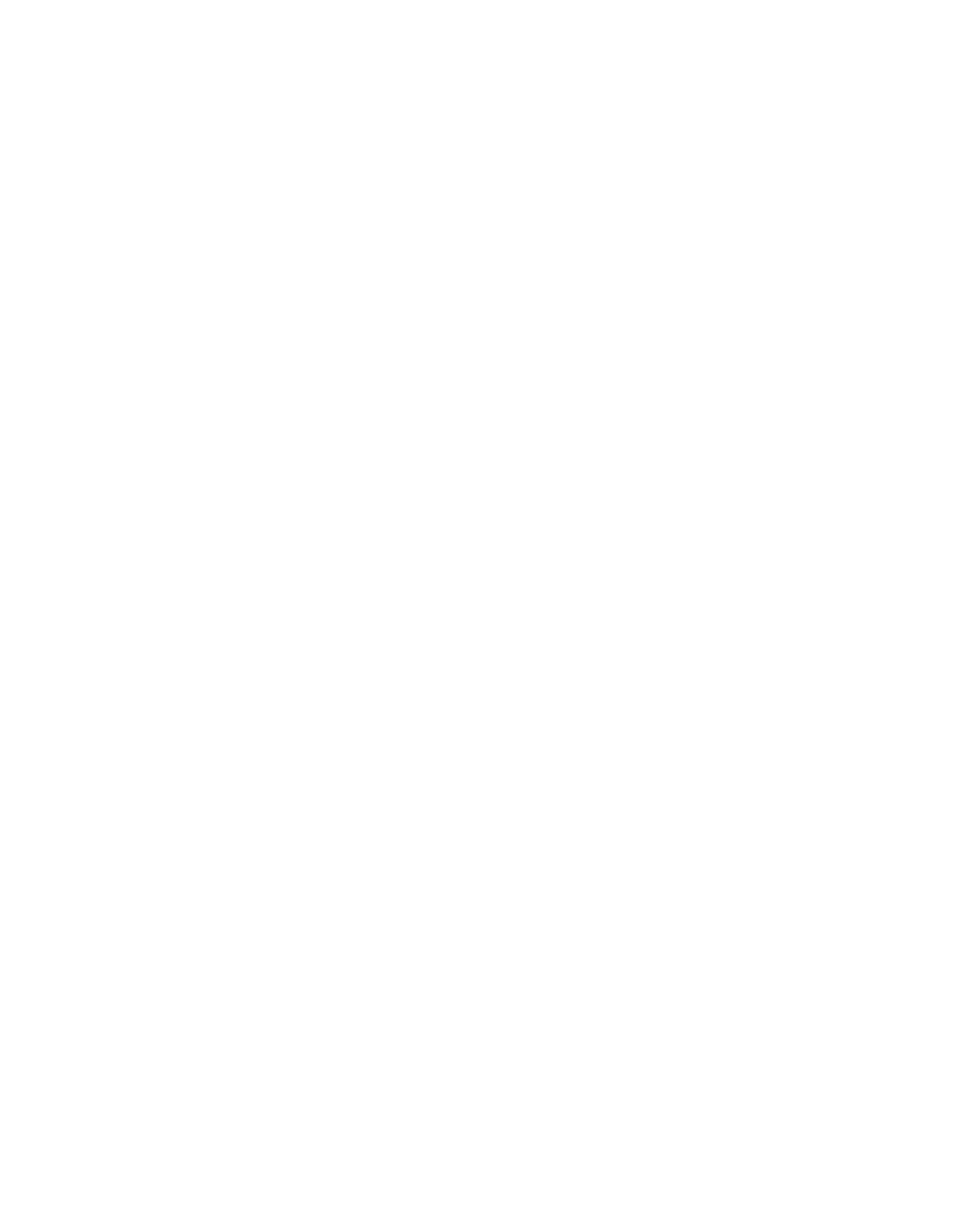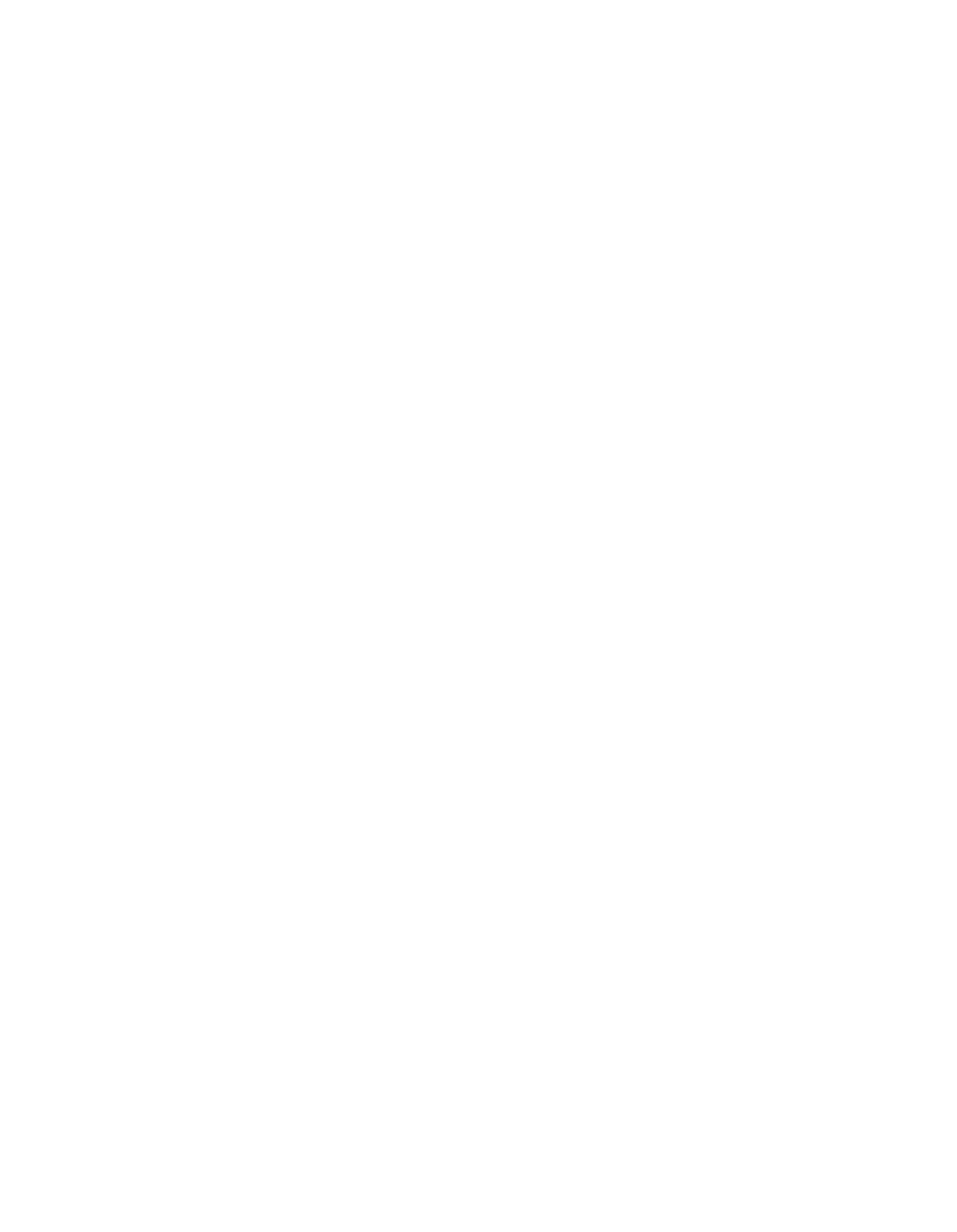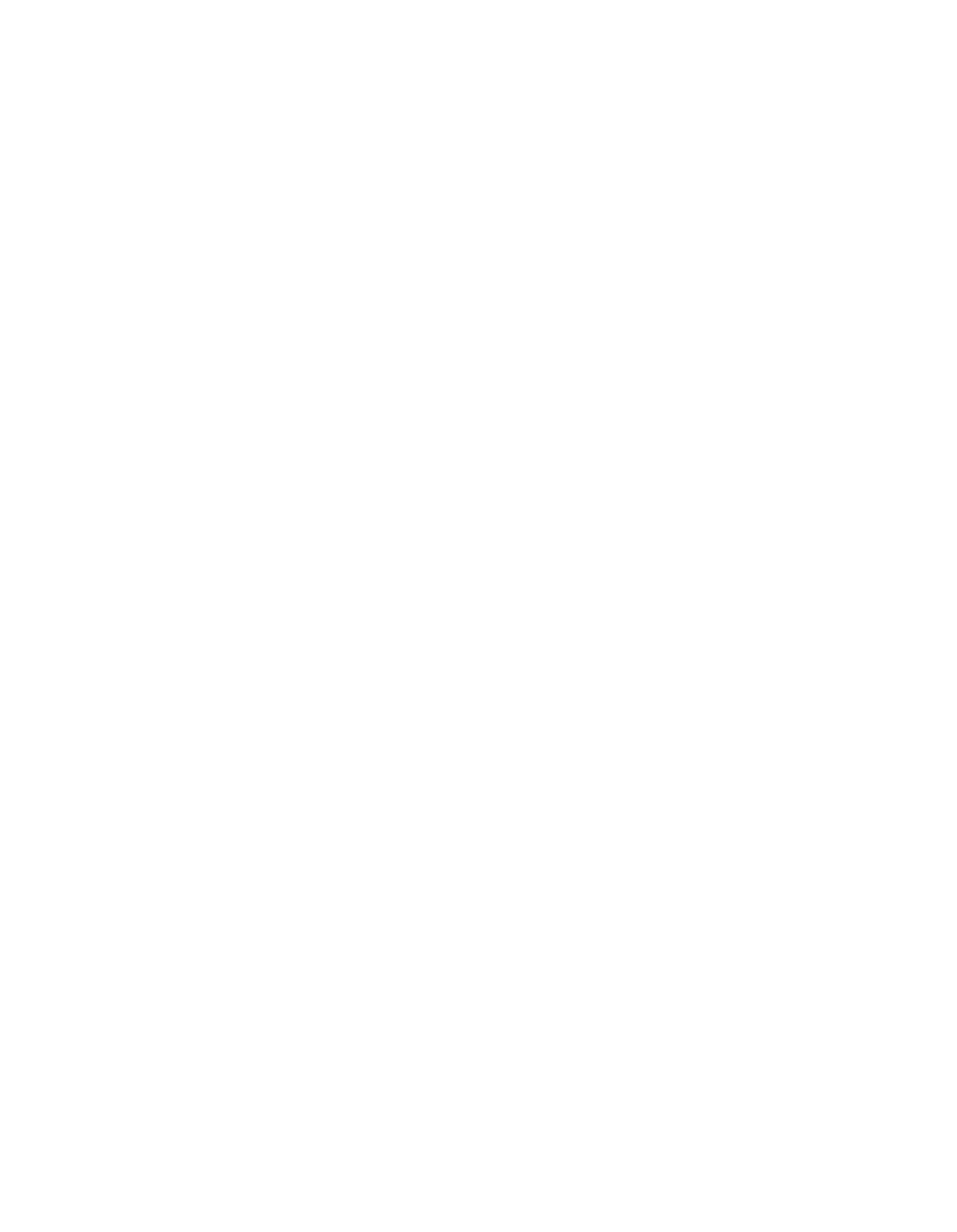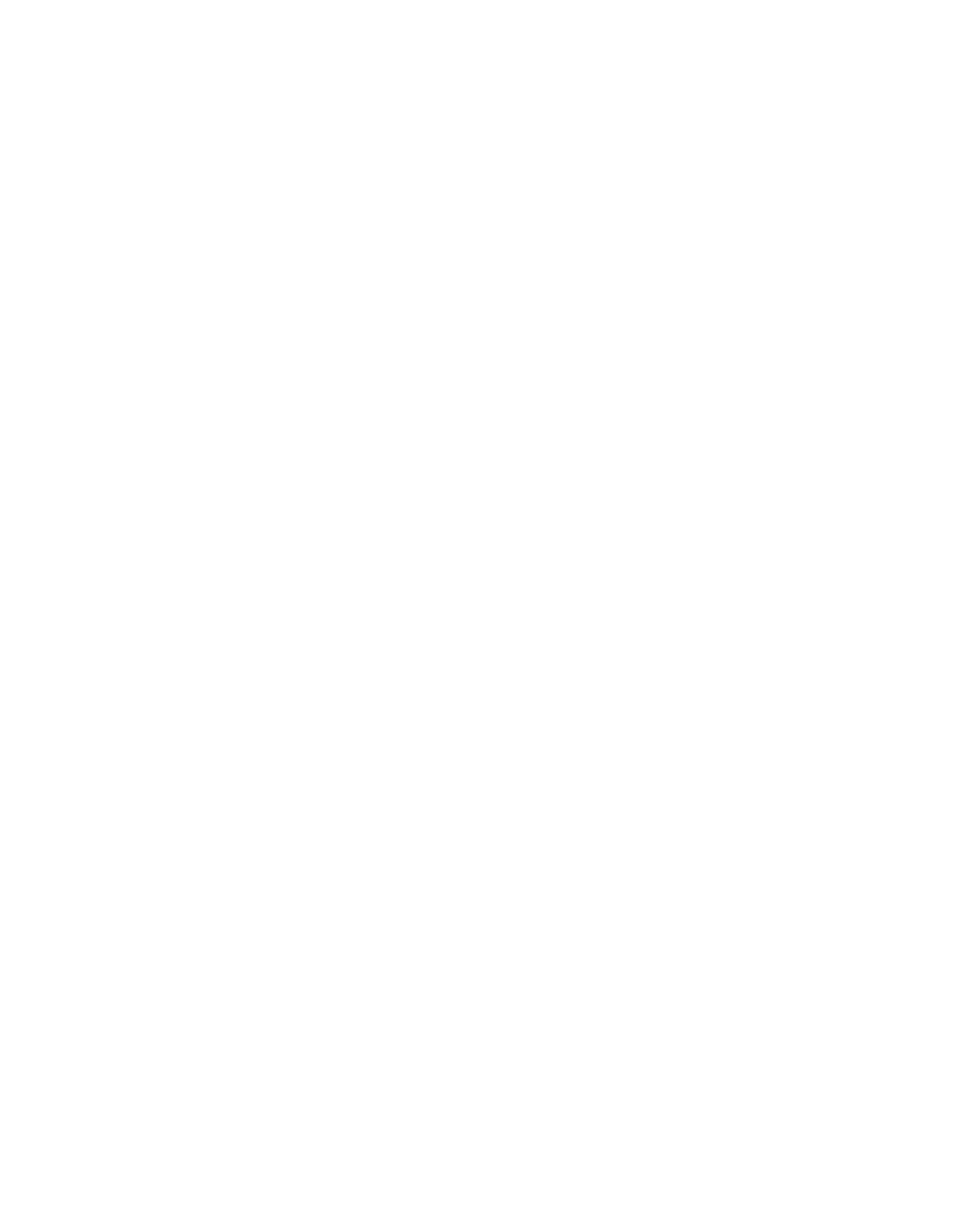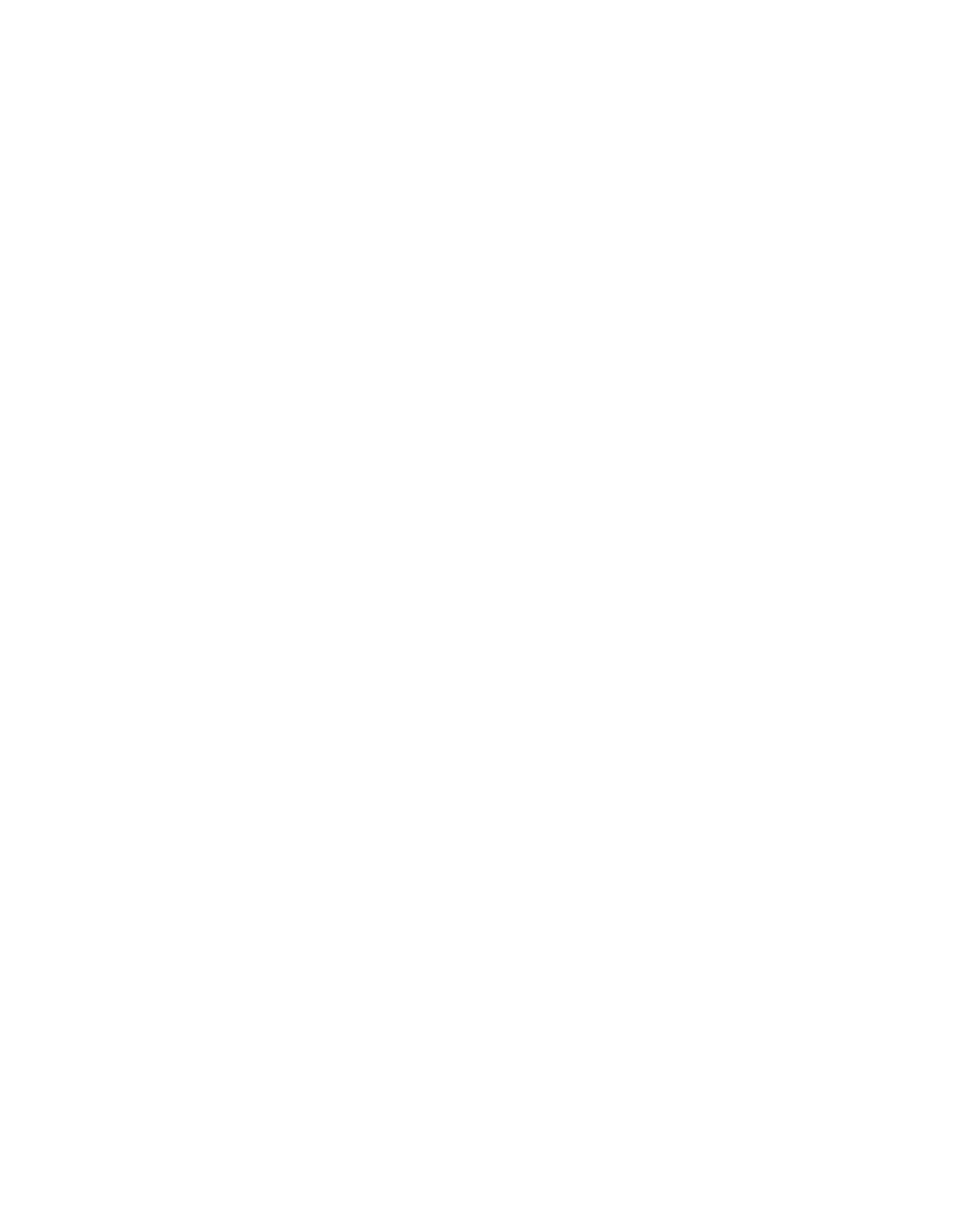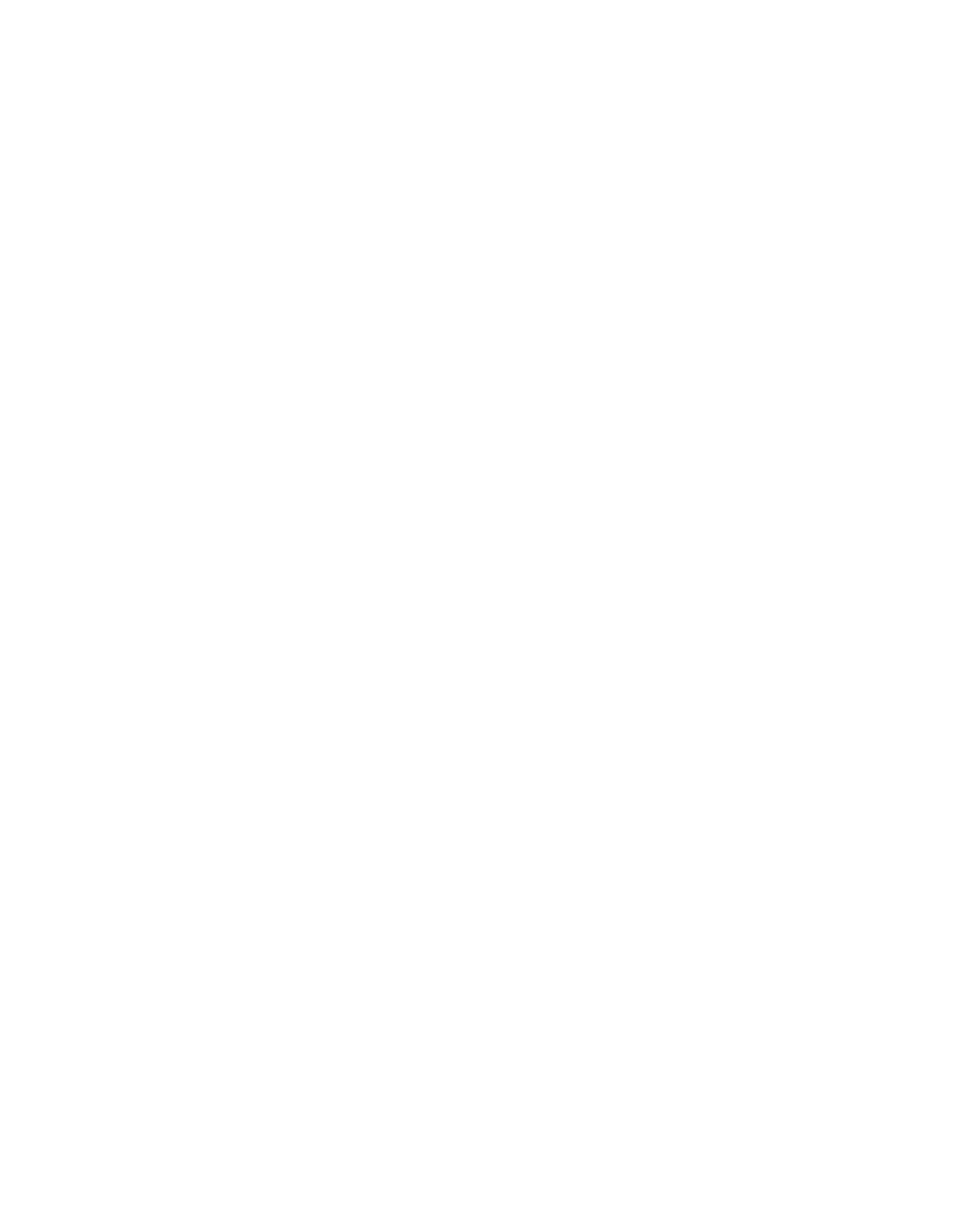ILLINOIS POLLUTION CONTROL BOARD
May 5, 1994
IN THE MATTER OF:
)
)
CONTINGENCY MEASURES FOR
)
PM1O EMISSIONS:
AMENDMENTS
)
R93-30
TO 35 ILL.
ADM.
CODE
)
(Rulemaking)
PARTS 106
AND
212
)
ProTosed Rule.
Second Notice.
OPINION
AND
ORDER OF THE BOARD
(by J. Theodore Meyer):
On December 30,
1993, the Illinois Environmental Protection
Agency
(Agency) filed this proposal for rulemaking.
The proposal
represents one part of Illinois’ submittal of a complete state
implementation plan (SIP).
Pursuant to Section 182(a)
of the
Clean Air Act (CAA), as amended in 1990,
Illinois was to adopt
and submit its plan by November 15,
1992.
The proposal contains
rules which would establish contingency measures to provide for
additional reductions of PM1O’
emissions for specific areas
in
the event that the United States Environmental Protection Agency
finds a failure to attain the standard for PM1O.
The proposed
rules would effect sources located in areas defined as moderate
nonattainment areas for PM1O:
McCook and Lake Calumet Townships
in Cook County, Granite City in Madison County, and a portion of
Oglesby Township, LaSalle County.
(See 35
Iii.
Adm. Code
212.324(a) (1) and 212.423(a).)
The proposal seeks to amend
35
Ill. Adm. Code 106 and 212.
The Board’s responsibility in this matter arises from the
Environmental Protection Act
(Act).
(415 ILCS 5/1 et
seq.
(1992).)
The Board is charged by the Act to “determine,
define,
and implement the environmental control standards applicable in
the state of Illinois.”
(415 ILCS 5/5(b)
(1992).)
More
generally, the Board’s rulemaking charge
is based on the system
of checks and balances integral to the Illinois environmental
system:
the Board has responsibility for the rulemaking and
principal adjudicatory functions, while the Agency is responsible
for carrying out the principal administrative duties.
The
Agency’s duties include administering the regulations that are
proposed for adoption in this rulemaking.
This proposal was filed pursuant to Section 28.5 of the
Environmental Protection Act
(Act).
(415 ILCS 5/28.5
(1992).)
PM1O
is defined as “particulate matter with an
aerodynamic diameter less than or equal to a nominal ten
micrometers.”
(35 Ill.
Adin.
Code 211.4770.)
2
That section requires the Board to proceed with rulemaking under
set time—frames.
The Board has no discretion to adjust these
time frames under any circumstances.
Today the Board acts to
send this proposal to second notice under the Illinois
Administrative Procedure Act
(APA).
(5 ILCS 100/1005—40
(1992).)
PROCEDURAL
HISTORY
On January
6,
1994, the Board sent this proposal to first
notice under the APA, without commenting on the merits of the
proposal.
The proposal was published in the Illinois Register on
January 28,
1994,
at 18 Ill.Reg.
959.
A hearing was held on
February 22,
1994 in Chicago, Illinois.
Previously—scheduled
second and third hearings were cancelled pursuant to Section
28.5(g)
of the Act.
(415 ILCS 5/28.5(g)
(1992).)
Pursuant to
Section 28.5(1), the comment period closed on March 15,
1994.
On March
17, 1994, the Agency filed a motion to correct the
transcript.
(PC #3.)
That motion to correct is granted, and the
motion setting forth the corrections will be attached to the
transcript.
PROPOSAL
Section 172(c) (9) of the
CAA
requires Illinois to modify its
SIP to include contingency measures for all moderate or worse
PN1O nonattainment areas.
(42 U.S.C. S7502(c)(9).)
Contingency
measures are regulations that provide for additional reductions
of PM1O emissions for a specific area in the event there is a
finding by the Administrator of USEPA of a failure to attain the
National Ambient Air Quality Standard
(NAAQS)
for PN1O.
The
CAA
requires that contingency measures be implemented without further
regulatory action after a finding is issued.
A notice of failure
to attain may be issued by tJSEPA if it does not believe an area
will attain the NAAQS by the
CAA
deadline,
if the area fails to
demonstrate attainment of the standard by the deadline, or if
measured violations of the NAAQS occur after the attainment
deadline.
The statutory deadline for demonstrating attainment of
the standard for PM1O is December 31,
1994.
(Tr.
at 11-12; Exh.
1;
Statement of Reasons at 1_2.)2
The Agency’s proposal has two purposes.
First, the proposal
is intended to satisfy the PM1O contingency requirements of the
CAA
by requiring specific actions should USEPA issue a notice of
failure to attain the PM1O standard.
Second, the proposal
2
For a section—by—section discussion of the Agency’s
proposal, see the Agency’s Statement of Reasons at 15-18.
Attachment A to Exh.
1 is a flow chart describing the basic
components of the contingency program.
3
includes procedures that attempt to prevent exceedences or
violations of the P1410 standard.
If exceedences are prevented,
each nonattairnuent area can be redesignated to attainment, and
the state would not be required to develop a SIP which would
implement best available control technology
(BACT)
for
P1410.3
(Tr. at 12—14;
Exh.
1; Statement of Reasons at 5.)
The proposal
applies to four geographic areas:
the Lake Calumet and McCook
areas in Cook County, the Granite City area in Madison County,
and a small portion of LaSalle County.
The areas correspond to
the areas regulated by the PM1O rules in 35 Ill.
Adlu. Code
212.324(a) (1) and 212.423(a).
(Statement of Reasons at 5—6; Exh.
1.)
The proposed rules require all sources in the P1410
nonattainment areas which have actual emissions of 15 tons per
year
(TPY)
or more of PM1O
(both fugitive and point) to submit
contingency measure plans.
Plans must be submitted to the Agency
no later than November 15,
1994.
(PC #3.)
The proposal includes
three “legs”:
1)
controls are requested,
but not required, when
there are one or more exceedences of the 24—hour
NAAQS
for P1410,
but prior to a violation of the NAAQS;
2) controls are required
when there is a violation of the NAAQS, but prior to the issuance
of a notification of failure to attain the NA.AQS by USEPA; and
3)
controls are required when there is a finding of failure to
attain the NAAQS.
The first “leg”
is intended to avoid a
violation of the NAAQS.
The second “leg”
is intended to act as a
buffer following a violation of the NAAQS, while the Agency
attempts to demonstrate to USEPA that issuance of a “failure to
attain”
is not necessary.
The third “leg”
is necessary to
satisfy the requirements of the CAA.
(Exh.
1; Statement of
Reasons at 6.)
Contingency plans must show controls at two levels.
Level
I
measures must demonstrate total source—wide reductions of
fugitive emissions of P1410 of at least 15,
while Level
II
measures must demonstrate reductions of at least 25.
A source
may propose an alternative control plan which includes controls
of any combination of fugitive emissions, process emissions,
or
fuel combustion emissions,
subject to Agency and USEPA approval.
Control of fugitive emissions of
P1410 must be implemented within
90 days following a finding of culpability by the Agency.
(Exh.
1; Statement of Reasons at 8.)
If USEPA issues a notice of failure to attain the
P1410
standard, the state is required to submit a SIP revision
implementing BACT for all sources in the area.
(42 U.S.C.
§75l3a(b) (1) (B).)
4
If there is an exceedence4 of the PM1O standard, the Agency
will determine which sources are culpable, and request that those
sources implement either Level
I or Level II measures, depending
upon the magnitude of the exceedance.5
Implementation of
controls at this stage is voluntary.
(Exh.
1; Statement of
Reasons at 9-10.)
If there is a violation of the standard, the
Agency will identify and notify culpable sources, and require
Level
I or Level II measures.
After the source implements
sufficient controls to insure attainment,
the Agency will contact
USEPA and request that USEPA not issue a finding of failure to
attain.
The Agency intends to provide USEPA with proof that the
causes of the exceedences and violation have been identified and
corrected,
and that there is therefore no need for USEPA to find
a failure to attain.
(Exh.
1; Statement of Reasons at 10.)
If
USEPA does issue
a finding of failure to attain,
all sources in
the area will be required to implement Level II controls within
90 days of notification of that finding.
The Agency would then
develop a SIP imposing BACT, to be submitted to USEPA within 18
months.
(Exh.
1; Statement of Reasons at 10.)
If more than one source is determined to be culpable for an
exceedance, those sources have the option to “trade” required
reductions if those sources can demonstrate equivalent air
quality benefits.
This would allow one source to over-control,
while allowing another source to under—control.
(Exh.
1;
Statement of Reasons at 11.)
PUBLIC COMMENTS
The Board received public comments from the Department of
Commerce and Community Affairs
(DCCA)
(PC #1), the City of
Chicago (PC #2), the Agency
(PC #3), the American Lung
Association of Metropolitan Chicago
(ALANC)
(PC #4), and the
Administrative Code Division of the Secretary of State
(PC# 5).
The Agency’s comments also include a letter from USEPA,
commenting on the proposal.
The Board has considered all public comments,
as well as all
An exceedance means that the numerical standard for
P1410 has been reached, but that there are not a sufficient number
of exceedences to be considered a violation of the standard.
Normally, four exceedences of the 24—hour standard within a three
year period would constitute a violation of the standard.
(See
40 CFR 50, Appendix K (1992).)
The procedure for identifying culpable sources is set
forth in proposed Section 212.702.
The Agency’s determination of
culpability is appealable to the Board pursuant to procedures set
out in proposed Subpart J to 35 Ill.
Adm. Code 106.
5
testimony and exhibits, in making its decisions in this matter.
In general, there is little disagreement on the substance of the
proposal.
The Agency’s comments include a number of revisions to
its proposal, addressing issues raised at hearing and USEPA’s
comments.
The Board has reviewed those recommended changes, and
finds that the changes do address the issues raised.
The City of Chicago supports the proposal, and believes that
the rules establish reasonable methods of directly addressing the
potential sources of emissions and encouraging those sources to
reduce and prevent exceedences.
(PC
#
2.)
However, the City
does have one area of concern regarding the provisions allowing
trading between sources if more than one source contributed to an
exceedance.
The City questions whether the language of Section
212.705 clearly states that sources may trade whether or not
controls are requested (if there is an exceedance but no
violation)
or required
(if there is a violation).
The City
supports trading, when appropriate, as part of sources’
compliance strategies,
and recommends that the section be
clarified.
The Board believes that the Agency’s recommended changes to
Section 212.705 sufficiently address the City’s concern.
The
section, as modified in the Agency’s comments, allows for trading
where the Agency determines that more than one source “is a
contributing source pursuant to Section 212.702”.
(PC #3,
Attachment A.)
Section 212.702 sets forth the procedures for
determining which sources contribute to an exceedance or
violation.
The American Lung Association of Metropolitan Chicago
(ALAMC)
commented that P1410 contingency measures are especially
important in light of likely revisions to the P1410 standard.
(PC
#4.)
ALANC
believes that there are three deficiencies to the
rules:
1) the rule controls fugitive P1410 emissions, but should
also attempt to control fine particulates;
2) mandatory measures
should be taken after the first exceedance (unless it is an
exceptional event),
since the proposed rule calls for voluntary
controls until a violation of the standard is determined; and 3)
trading should be allowed only if it can be demonstrated that
under—controlled sources emit average—sized particulate matter
that is less dangerous than the average—sized particulate matter
emitted by over—controlled sources.
The Board is sensitive to
the concerns raised by ALANC:
however, we believe that the
information submitted by ALANC is insufficient to allow us to
revise the proposed rules.
HEARING OFFICER ORDER
On February 4,
1994, the hearing officer issued an order
raising several issues on proposed Subpart J of the Board’s Part
106 procedural rules.
That new subpart would provide procedures
6
for appeal of an Agency determination of culpability.
The
hearing officer order set forth several general questions, and
included some suggested language changes.
The Agency responded
to those questions at hearing
(Tr. at 47-53; Exh. 4), and has
revised its proposal in accordance with its response.
(PC #3,
Attachment A at 3-5.)
The Board accepts the changes to Subpart J proposed by the
Agency, with one exception.
In proposed Section 106.934, the
Agency proposes that the Board issue its written opinion and
order within 120 days after the filing of the petition for
review.
The hearing officer asked the Agency to address the
statutory authority for establishing a decision deadline.
The
Agency states that there is no specific statutory authority, but
that nothing in the Act would preclude the Board from
establishing a deadline.
The Agency argues that the concept of
contingency measures is premised on quick implementation of the
program.
The Agency recognizes that sources have
a right to
review of Agency determinations,
but emphasizes that any review
must be accomplished very quickly.
(Tr. at 52-53; Exh.
4; PC #3
at 7.)
The Board will not impose a decision deadline on its actions
in appeals from Agency culpability determinations.
We recognize
that speedy review is necessary in these cases,
and we will take
all necessary actions to ensure that decisions are reached as
soon as practicable.
However, we do not believe that it is
necessary to impose a deadline.
The Board’s commitment to making
quick decisions in these appeals will accomplish the same result
as imposing a procedural rule.
We will take all necessary
actions to ensure timely decision of these appeals.
CONCLUSION
The Board finds that the proposed rules are technically
feasible and economically reasonable,
and that the rules are
necessary to meet the requirements of the Clean Air Act.
We find
that the record supports proceeding with the proposed rules,
as
amended, to second notice.
In the interests of indicating which
changes to the proposal have been made at second notice, we have
chosen to follow the Agency’s suggestion by indicating revisions
by highlighting (redlining).
Appropriate underlining and
strikeouts are included within that highlighting.
ORDER
The Board hereby proposes the following amendments to 35
Ill.
Adm. Code Parts 106 and 212.
The amendments are to be
submitted to the Joint Committee on Administrative Rules.
TITLE 35:
ENVIRONMENTAL
PROTECTION
SUBTITLE A:
GENERAL
PROVISIONS
7
CHAPTER
I:
POLLUTION CONTROL BOARD
PART 106
HEARINGS
PURSUANT
TO
SPECIFIC
RULES
SUBPART
A:
HEATED
EFFLUENT
DEMONSTRATIONS
Section
106.101
106. 102
106.103
106.104
106.105
106.106
106. 107
Petition
Requirements
for
Petition
Parties
Recommendation
Notice
and
Hearing
Transcripts
Opinion
and
Order
SUBPART
B:
ARTIFICIAL
COOLING
LAXE
DEMONSTRATIONS
Section
106.201
106.202
106.203
106.204
Section
106.301
106. 302
106.303
106. 304
106.305
106.306
Section
106. 401
106.402
106.403
106.404
106.405
106.406
106.407
106.408
106.410
106.411
106.412
106.413
106. 414
106.415
106.416
Petition
Notice
and
Hearing
Transcripts
Effective
Date
SUBPART
C:
SULFUR DIOXIDE DEMONSTRATIONS
Petition
Requirements for Petition
Parties
Recommendation
Notice
and
Hearing
Transcripts
SUBPART
D:
RCRA
ADJUSTED
STANDARD
PROCEDURES
Petition
(Repealed)
Notice
of
Petition
(Repealed)
Recommendation
(Repealed)
Response
(Repealed)
Public
Comment
(Repealed)
Public
Hearings
(Repealed)
Decision
(Repealed)
Appeal
(Repealed)
Scope
and
Applicability
Joint
or
Single
Petition
Request
to
Agency
to
Join as Co-Petitioner
Contents
of
Petition
Response
and
Reply
Notice and Conduct of Hearing
Opinions and Orders
SUBPART
E:
AIR
ADJUSTED
STANDARD
PROCEDURES
8
Section
106.501
106.502
106. 503
106.504
106.505
106.506
106. 507
Scope
and
Applicability
Joint
or
Single
Petition
Request
to
Agency
to
Join
As
Co-Petitioner
Contents
of
Petition
Response
and
Reply
Notice
and
Conduct
of
Hearing
Opinions
and
Orders
SUBPART
F:
WATER
WELL
SETBACK
EXCEPTION
PROCEDURES
Scope
and
Applicability
Contents
of
Petition
Response
and
Reply
Notice
and
Conduct
of
Hearing
Opinions
and
Orders
Section
106.701
106.702
106.703
106.704
106.705
106.706
106.707
106.708
106.709
106.710
106.711
106.712
106.713
106.714
106.715
106.801
106.802
106.803
106. 804
106.805
106.806
106.807
106.808
106.901
106.902
106.903
106.904
106.
905
106.906
106.907
Applicability
Definitions
Joint
or
Single
Petition
Request
to
Agency
to
Join
As
Co-Petitioner
Petition
Contents
Petition
Verification
Federal
Procedural
Requirements
Incorporated
Material
Motions
Service
of
Filings
Petition Notice
Proof
of
Petition
Notice
Request
for Public Hearing
Agency
Response
Amended
Petition
and
Amended
Response
Hearing Scheduled
Hearing
Notice
Pre-Hearing
Submission
of
Testimony
and Exhibits
Discovery
Admissible
Evidence
Order
of
Hearing
Post—hearing
Comments
Burden
of
Proof
Board
Deliberations
Dismissal
of
Petition
Board
Decision
Opinion
and
Order
Appeal
of
Board
Decisions
Publication of Adjusted Standards
Effect of Filing a Petition
Section
106.601
106.602
106.603
106.604
106.605
SUBPART
G:
ADJUSTED
STANDARDS
SUBPART
3:
CULPABILITY DETERMINATIONS
9
Section
106.930
Applicability
106.931
Petition
106.932
Response and Reply
106.933
Notice and Hearing
106.934
Opinion and Order
Appendix A:
Old Rule Numbers Referenced
AUTHORITY:
Implementing Sections
5,
14.2(c),
22.4,
27, 28~and
28.1,
28.5 and 39.5 and authorized by Section~26 and 39.5 of the
Environmental
Protection
Act,
(415
ILCS
5/5,
14.2(c),
22.4,
27,
28,
28.1,
28.5,
26
and
39.5).
SOURCE:
Filed
with
Secretary of State January
1,
1978;
amended
at 4
Ill. Reg.
2,
p.
186, effective December 27,
1979; codified
at
6 Ill. Reg.
8357;
amended in R85—22 at 10
Ill. Reg.
992,
effective February 2,
1986;
amended in R86-46 at 11 111.
Reg.
13457, effective August 4,
1987; amended in R82—1 at 12 Ill. Reg.
12484, effective July 13,
1988;
amended in R88—lO at 12 Iii. Reg.
12817, effective July 21,
1988; amended in R88-5(A) at
13 Ill.
Reg.
12094,
effective July 10,
1989; amended in R88—5(B) at 14
Ill.
Reg. 9442,
effective June 5,
1990;
amended in R93—30 at 18
Ill.
Reg.
____,
effective
________________
NOTE:
Capitalization
denotes
statutory language.
SUBPART
3:
CULPABILITY
DETERMINATIONS
Section
106.930
Applicability
TI~eprovisions of this Subpart shall apply to any proce~dincj
appeal initiated by an owner or operator of a
sour~pürsüant
to
a
finding
of
culpability
bY
the
lii~h~i
Agenc~jAaencv~ under
35
Ill
Adm
Code
212
702
ünd
21~ 705
(Source:
Added
at
18
Ill.
Reg.
_____,
effective
_____________)
Section
106.931
Petition
for
Review
~j
A
proceeding
brought under this Subpart shall be
commenced
by
the owner or operator of
a source by
øervinct. a. petition unon.. the..A~en~v.
~nd filing
~
the
oric~ina1and nine copies of a Detition for review with
the Clerk of the Pollution Control Board
(Boardi.
The
~,etitionershall serve one coøy of the Detition for
review, upon the. AcTency.
~
Geneta1 filing
arid practice rules are set forth
in
3
Xli. Mm.
Code
.101.
A petition Lor review filed pursuant to this Subpart
shall include, but need not be limited to: ~ dothiled
~o~oription of ‘~tnd1u~tifioationfor th~
eouroo’r~
10
~
•~‘
~
•“
~
.
~
~
tZ~!1~
~
g~de
2~~‘7~S
~,
flpr~o~e~’
~or
Th
‘~
“~‘
~
..~.~
.
~
.
~
.
~ .
,..
~
~
1~
I~11~111If
~It
w~i~1t~ie
~
so
e~eot~o~t~t~th*~eney’s
fi~t~in~
o~
(Source:
Added
at
18
Ill.
Reg.
_____,
effective
____________)
Section 106.932
Response and Re~lv
~j.
The Aaencv
1~~’
file a response to p petition
appealina
a~””d’.é’term
ination of culpability within 21 days
after service of the petition.
~
~ flto~ot~nu~
ietitioner may file a re~lvwithin 7 days after the
~
f~1~~?1~e
of any response by the A~encv
(Source:
Added
at
18
Ill.
Reg.
_____,
effective
_____________)
Section 106.933
Notice and Hearing
~
~‘
~
~
~..‘:
:‘~‘~.“~‘~:‘
:‘~!“!“i’~~I~!!
b~tt
h
anY bê~’s~h
may
w
tb t
~
of
the
~
~
Ir
i~M~
1~
~
~
~
I
The
Clerk
0E
~ieBoarà shall aive notice of the p~it~on
~
hearina
in
accordance
with
35
Ill
Adm
Code
103
The
proceedina shall be conducted in accordance
with
35
Ill.
Adm.
Code
103.
~
The
burden
of
proof
in
e~~n~s
àt~ea1s
~reuant
to
this
Stib~artis ~i~I~1
~e
on
the
petitioner
(Source:
Added at 18 Ill. Reg.
_____,
effective
_____________)
Section 106.934
Opinion and Order
1.
Tbe
Board
Eih~~I
iii
is sue,,,,,,a
written
opinion
and
order
Wi’”~’~~t’I
~
~ç
~l~tg o~t~tp~t4~~on
that sets forth the Board’s
decision
and
sup~ortina
rationale.
(Source:
Added
at
18
Ill.
Reg.
_____,
effective
TITLE 35:
ENVIRONMENTAL
PROTECTION
SUBTITLE B:
AIR POLLUTION
CHAPTER I:
POLLUTION CONTROL
BOARD
SUBCHAPTER
c:
EMISSION
STANDARDS
AND
LIMITATIONS FOR STATIONARY SOURCES
PART 212
VISIBLE AND PARTICULATE MATTER EMISSIONS
SUBPART A:
GENERAL
)
Section
212
•
100
212.
107
212.108
212.109
212 .110
212
•
111
212.112
212.113
Section
212
•
121
212. 122
212.123
212. 124
212.125
212.126
Section
212.181
212. 182
212. 183
212.184
212.185
Section
212.201
Scope and Organization
Measurement Method for Visible Emissions
Measurement Methods for P14-10 Emissions
Measurement Methods for Opacity
Measurement Methods
Abbreviations and Units
Definitions
Incorporations by Reference
SUBPART
B:
VISIBLE EMISSIONS
Opacity Standards
Limitations for Certain New Sources
Limitations for All Other Sources
Exceptions
Determination
of Violations
Adjusted Opacity Standards Procedures
SUBPART
D:
PARTICULATE MATTER EMISSIONS
FROM INCINERATORS
Limitations
for
Incinerators
Aqueous Waste Incinerators
Certain Wood Waste Incinerators
Explosive Waste Incinerators
Continuous Automatic Stoking Animal Pathological Waste
Incinerators
SUBPART
E:
PARTICULATE MATTER EMISSIONS
FROM FUEL COMBUSTION EMISSION SOURCES
Existing Sources Using Solid Fuel Exclusively Located
12
in the Chicago
Area
212.202
Existing Sources Using Solid Fuel Exclusively Located
Outside the Chicago Area
212.203
Existing Controlled Sources Using Solid Fuel
Exclusively
New Sources Using Solid Fuel Exclusively
Existing Coal-fired Industrial Boilers Equipped with
Flue Gas Desulfurization Systems
Sources Using Liquid Fuel Exclusively
Sources Using More Than One Type of Fuel
Aggregation of Existing Sources
Village of Winnetka Generating Station
Emissions Limitations For Certain Fuel Combustion
212.206
212.207
212.208
212.209
212.210
Section
212.301
212.302
212.
304
212.305
212.306
212.307
212.308
212 .309
212.310
212.312
212.313
212.314
212.315
212.316
Section
212.321
212.322
212.323
212.324
Section
212.361
212.362
Section
212.381
Emission Sources Located in the Vicinity of Granite
City
SUBPART K:
FUGITIVE PARTICULATE MATTER
Fugitive Particulate Matter
Geographical Areas of Application
Storage Piles
Conveyor Loading Operations
Traffic Areas
Materials Collected by Pollution Control Equipment
Spraying or Choke-Feeding Required
Operating
Program
Minimum Operating Program
Amendment to Operating Program
Emission Standard for Particulate Collection Equipment
Exception for Excess Wind Speed
Covering for Vehicles
Emission Limitations for Sources in Certain Areas
SUBPART L:
PARTICULATE
MATTER EMISSIONS
FROM PROCESS EMISSION SOURCES
New Process Sources
Existing
Process
Sources
Stock
Piles
Process Emission Sources in Certain Areas
SUBPART N:
FOOD MANUFACTURING
Corn Wet Milling Processes
Sources
in Certain Areas
SUBPART 0:
PETROLEUM REFINING,
PETROCHEMICAL AND CHEMICAL
MANUFACTURING
212.
204
212.205
Catalyst Regenerators of Fluidized Catalytic Converters
13
Section
212.421
212.422
212.423
SUBPART
Q:
STONE,
CLAY,
GLASS
AND
CONCRETE
MANUFACTURING
New Portland Cement Processes
Portland Cement Manufacturing Processes
Emission Limits for the Portland Cement Manufacturing
Plant Located in LaSalle County, South of the Illinois
River
212.424
Fugitive Particulate Matter Control for the Portland
Cement Manufacturing Plant and Associated Quarry
Operations Located in LaSalle County,
South of the
Illinois River
212.425
Sources in Certain Areas
SUBPART
R:
PRIMARY
AND
FABRICATED
METAL
PRODUCTS
AND
MACHINERY
MANUFACTURE
Section
212.441
212
•
442
212.443
212.444
2 12.445
212.446
212.447
212.448
212.449
212. 450
212.451
212.452
212.455
212.456
212 .457
212.458
Section
212.461
212.462
212.463
212.464
Section
212.681
Steel Manufacturing Processes
Beehive Coke Ovens
By Product Coke Plants
Sinter Processes
Blast Furnace Cast Houses
Basic Oxygen Furnaces
Hot Metal Desulfurization Not Located in the BOF
Electric
Arc
Furnaces
Argon—Oxygen Decarburization Vessels
Liquid Steel Charging
Hot Scarfing Machines
Measurement Methods
Highlines on Steel Mills
Certain Small Foundries
Certain Small Iron—melting Air Furnaces
Sources in Certain Areas
SUBPART S:
AGRICULTURE
Grain Handling and Drying in General
Grain Handling Operations
Grain Drying Operations
Sources in Certain Areas
SUBPART T:
CONSTRUCTION
AND
WOOD PRODUCTS
Grinding, Woodworking, Sandblasting and Shotblasting
SUBPART U:
ADDITIONAL CONTROL
MEASURES
Section
212.700
212.703.
Applicability
Contingency Measure Plans.
Submittal and Compliance
14
Date
212.702
Determination of Contributing Sources
212.703
Contingency Measure Plan Elements
212 .704
Implementation
212.705
Alternative Implementation
212.Appendix A Rule into Section Table
2l2.Appendix B Section into Rule Table
212.Appendix C Past Compliance Dates
212.Illustration A: Allowable Emissions from Solid Fuel
Combustion Emission Sources Outside Chicago
2l2.Illustration B: Limitations for all New Process Emission
Sources
212.Illustration
C: Limitations for all Existing Process Emission
Sources
212.Illustration
D: McCook Vicinity Map
2l2.Illustration
E:
Lake
Calumet
Vicinity
Map
212.Illustration F: Granite City Vicinity Map
AUTHORITY:
Implementing Section 10 and authorized by Section 27
and 28.5 of the Environmental Protection Act (415 ILCS 5/10,27
and 28.5.
SOURCE:
Adopted as Chapter 2:
Air Pollution,
Rules 202 and 203:
Visual and Particulate Emission Standards and Limitations,
R71-23,
4 PCB 191,
filed and effective April
14,
1972; amended in
R77-15,
32 PCB 403,
at
3 Ill. Reg.
5,
p. 798, effective February
3,
1979; amended in R78—lO,
35 PCB 347, at 3 Ill. Reg.
39,
p.
184, effective September 28,
1979;
amended in R78-11,
35 PCB 505,
at
3
Ill.
Reg. 45,
p.
100, effective October 26,
1979; amended in
R78-9,
38
PCB
411,
at
4
Ill.
Reg. 24,
p.
514, effective June 4,
1980; amended in R79—ll,
43 PCB 481, at 5
Ill. Reg.
11590,
effective October 19,
1981; codified at 7
Ill. Reg.
13591;
amended in R82-l
(Docket A),
10 Ill. Reg.
12637,
effective July
9,
1986; amended in R85—33 at 10 Ill. Reg.
18030, effective
October
7,
1986; amended in R84-48 at 11 Ill. Reg.
691, effective
December 18,
1986; amended in R84—42 at 11 Ill. Reg.
1410,
effective December 30,
1986; amended in R82-l
(Docket B)
at
12
Ill. Reg.
12492, effective July 13,
1988; amended in R91-6 at 15
Ill.
Reg.
15708,
effective
October
4,
1991;
amended in R89-7(B)
at
15 Ill.
Reg.
17710, effective November 26,
1991;
amended in
R9l-22 at 16 Ill. Reg.
7880, effective May 11,
1992; amended in
R9l—35 at 16 Ill. Reg.
8204, effective May 15,
1992; amended in
R93-30 at 18 Ill. Reg.
____,
effective
_______________
PART 212
VISIBLE
AND PARTICULATE MATTER MEASURES
SUBPART A:
GENERAL
Section 212.113
Incorporations by Reference
The following materials are incorporated by reference.
These
15
incorporations do not include any later amendments or editions.
a)
Ringelmann
Chart,
Information
Circular
833
(Revision of
1C7718),
Bureau of Mines, U.S. Department of Interior,
May 1,
1967.
b)
40
CFR
60,
Appendix
A
(1991):
1)
Method
1:
Sample and Velocity Traverses for
Stationary Sources;
2)
Method 1A:
Sample and Velocity Traverses for
Stationary Sources with Small Stacks or Ducts;
3)
Method
2:
Determination of Stack Gas Velocity and
Volumetric Flow Rate
(Type S pitot tube);
4)
Method 2A:
Direct Measurement of Gas Volume
Through Pipes and Small Ducts;
5)
Method 2C:
Determination of Stack Gas Velocity
and Volumetric Flow Rate in Small Stacks or Ducts
(Standard Pitot Tube);
6)
Method 2D:
Measurement of Gas Volumetric Flow
Rates
in
Small
Pipes
and
Ducts;
7)
Method
3:
Gas
Analysis for Carbon Dioxide,
Oxygen,
Excess Air, and Dry Molecular Weight;
8)
Method
4:
Determination of Moisture Content in
Stack Gases;
9)
Method
5:
Determination of Particulate Emissions
From Stationary Sources;
10)
Method 5A:
Determination of Particulate Emissions
From the Asphalt Processing and Asphalt Roofing
Industry;
11)
Method 5D:
Determination of Particulate Matter
Emissions From Positive Pressure Fabric Filters;
12)
Method
SE:
Determination of Particulate Emissions
From the Wool Fiberglass Insulation Manufacturing
Industry;
13)
Method
9:
Visual Determination of the Opacity of
Emissions from Stationary Sources;
14)
Method 22:
Visual Determination of Fugitive
Emissions from Material Sources and Smoke
Emissions from Flares.
16
c)
40
CFR
51
Appendix
M
(1990):
1)
Method 201:
Determination of P14-10 Emissions;
2)
Method 2OlA:
Determination of
P14-10
Emissions
(Constant Sampling Rate Procedures).
d)
40 CFR 60.672(b),
(c),
(d) and
(e)
(1991).
e)
40
CFR
60.675(c)
and
(d)
(1991).
f)
ASAE Standard 248.2, Section
9, Basis for Stating
Drying Capacity of Batch and Continuous-Flow Grain
Dryers, American Society of Agricultural Engineers,
2950 Niles Road,
St.
Joseph, MI 49085.
g)
U.S. Sieve Series, ASTM-E1l, American Society of
Testing Materials,
1916 Race Street, Philadelphia, PA
19103.
h)
55 Fed. Reg.
41546,
(October
12,
1990), Method 202:
Determination of Condensible Particulate Emissions from
Stationary Sources.
i)
Standard Methods for the Examination of Water and
Wastewater, Section 209C,
“Total Filtrable Residue
Dried at 103
-
105°C,”15th Edition,
1980, American
Public Health Association 1015 Fifteenth Street,
N.W.,
Washington, D.C.
20005.
iI
“Guideline on the Identification and Use of Air Quality
Data Affected by Exceptional Events.” U.S.
Environmental Protection Agency, Office of Air and
Radiation.
Office of Air Oualitv Planning and Standards
Monitoring and Data Analysis Division, Research
Triangle Park.
N.C. 27711
EPA—450/4—86.007 July 1986.
~j
“Guideline on Air Quality Models
(Revised)”; U.S.
Environmental Protection Agency, Office of Air quality
Planning and Standards. Research Triangle Park.
N.C.
27711. EPA—450/2—78—027R July 1986.
fl
40
CFR
50. Appendix K
(1992),
“Interpretation of the
National Ambient Air quality Standard for Particulate
Matter”.
(Source:
Amended at 18 Ill. Reg.
_____,
effective
____________)
SUBPART U:
ADDITIONAL CONTROL MEASURES
Section 212.700
Applicability
~J.
This Subpart shall a~~lvto those sources in the areas
designated
in
and
subiect
to
Sections
212.324(a)
(1)
or
17
212.423(a) and
that
have
actual
annual source—wide
emissions of
P14-10 of at least fifteen
(15) tons per
year.
~j
A source’s actual annual source—wide emissions of PM—b
shall be the total of its fugitive emissions and its
emissions from process emission units and fuel
cóm~ustionemission units and as set forth in the
source’s Annual Emissions Report submitted pursuant to
35 III
Adm
Code 254’~~
~
~
II~
~
hi
~
~
~:,
::~
:Ofl.
(Source:
Added at
18 Ill. Reg
effective
____________)
Section 212.701
Continaency Measure Plans. Submittal and
Compliance Date
~j
Those sources subiect to this Subpart shall prepare
contingency measure clans reflecting the P14—10 emission
reductions set forth in Section 212.703 of this
Subpart.
These glans shall become federally
enforceable permit conditions.
Such plans shall be
submitted to the Aaency by November
15,
1994.
Notwithstanding the foregoing,
sources that become
subiect to the provisions of this Subpart after July
1.
1994, shall submit a continaencv measure elan to the
Aaencv for review and approval within ninety
(90) days
after the date such source or sources became subiect to
the provisions of this Subpart
~r ~v
november 15.~1994W
The Aaency shall notify those
sources requiring contingency measure plans. based on
the Agency’s current information; however, the Agency’s
failure_to notify any source of its reciuirement to
submit contingency measure plans shall not be a defense
to a violation of this Subpart and shall not relieve
the source of its obligation to timely submit a
contingency measure plan.
~
If the Agency disapproves the initial submittal of
a
contingency measure plan or a source fails to revise
a
plan so that it is approvable. the Aaency shall
so
notify the source in writing and the source may treat
such notice as a permit denial.
gj
Sources havina operational chanaes subiect to Sections
212.304,
212.305. 212.306,
212.308.
212.316(a) through
(e). 212.424 or 23.2.464 which require either a new
permit or a revision to an existing permit,
shall.
within 30 days of such changes, submit a request to
modify its permit in order to include a new.
a~~ropriatecontingency measure plan.
Such new plan
shall
be sub-lect to the requirements of this Subpart.
18
~j
A source may. consistent with the requirements of this
Subpart and any applicable permittina reauirements,
propose revisions to its contingency measure plan.
(Source:
Added at 18 Ill. Reg.
_____,
effective
___________)
Section 212.702
Determination of Contributing Sources
~j
If the review of monitoring data reveals an exceedence
of
the
24-hour
ambient
air
quality
standard
for
P14-10
found at 35
Ill.
Adm. Code 243.120. the Agency shall
attempt to determine the source or sources causing or
contributing to the exceedence.
~
In determining whether a source has caused or
contributed to an exceedence of the 24—hour ambient air
quality standard for P14-10. the Aaencv may take
whatever steps as are necessary to determine which
source or sources are culpable for the exceedence,
including, but not limited to:
fl
Evaluating whether the exceedence can be
classified as an “exceptional event” pursuant to
the “Guideline on the Identification and Use of
Air Quality Data Affected by Exceptional Events.”
incorporated by reference
in Section
212.113
of
this Part
21
Reviewing operating records of the source or
sources identified pursuant to subsections
(b) (3)
and
(b) (4) below to determine whether any source
or sources so identified experienced a malfunction
or breakdown or violated any term or condition of
its operating permit which contributed to the
exceedence
3j
Evaluating the monitoring equipment filter
evidencing
the
exceedence to determine the tv~es
of sources that contributed to the exceedence;
and
~j
Evaluating meteorological data and conducting
dispersion
analyses
pursuant to the “Guideline on
Air Quality Models
(Revised)
.“
incorporated by
reference in Section 212.113 of this Part,
to
determine which source or sources caused or
contributed to the exceedence.
~j
If the Agency determines that the exceedence can be
classified as an exceptional event, the A~encvshall
make a written request to USEPA to void the exceedence.
If the exceedence has been caused bY an “exceptional
event,” the Agency shall make no reauests upon any
source for Level
I or Level II controls pursuant to
Section 212.704(a)
or
(b) of this Subpart until such
19
time as USEPA has denied the Agency’s reauest to void
the exceedence or until an additional exceedence of the
24-hour ambient air quality standard which is not due
to
an
exceptional
event.
as
determined
by
the
AgencV~
has been monitored for the same area.
~j
If the AgencY determines that the
exceedence
was
due
to
a malfunction or breakdown or violation of any term or
condition of a source’s operating Permit, the Aaencv
shall_contact such source and may pursue appropriate
action
under
35
Ill.
Adm.
Code
103.
~!rc~r.~
~4
a
e~1a1~e
~
~
~
~
(Source:
Added at 18 Ill.
Reg.
_______,
effective
___________)
Section 212.703
Contingency Measure Plan Elements
~
All sources
subject
to
this
Subpart
shall
submit
a
contingency measure
elan.
The
contingency
measure
Plan
shall
contain
two
levels
of
control
measures:
fl.
Level
I
meas
res
are
measures
that
will
reduce
total ~“:“t~’1*”~flU~a
~“~“~I
source—wide fugitive emissions
of P14-10 sUbléct to control under Sections
212.304. 212.305. 212.306.
212.308,
212,316(a)
through
(el. 212.424 or 212.464 bY at least 15.
21
Level urn asure
are measures that will reduce
total
~
source—wide fugitive emissions
of P14-10
si~th’iéc’t
tO control under Sections
212.304.
212.305.
212.306.
212.308,
212.316(a)
throuah
(e). 212.424 or 212.464 by at least 25.
~j
A source may
~
with this Subpart
~( ~
~hro~h
~n alternative
a~~e~?~d
~t~
hI~a~
~t~d
which
has been a~~rovedby the Agency and tJS~PAas federally
enforceable Permit conditions.
If a source elects to
include controls on process emission units.
fuel
combustion emission units, or other fugitive emissions
of PM—b
not subiect to Sections 212.304. 212.305.
212.306.
212.308. 212.316(a) throuah
(el. 212.424 or
212.464 at the source in its alternative control elan.
the plan must include a reasonable schedule for
implementation of such controls, not to exceed two
(2)
years.
This implementation schedule is subiect to
A~encvreview and approval.
(Source:
Added at
18 Ill.
Reg.
_____,
effective
__________)
20
Section 212.704
Im~1ementation
~J.
Followina any exceedence of the 24—hour ambient air
aualitv standard for P14-10. the Aaencv shall notify the
source or sources the Aaencv has identified as likely
to be causing or contributing to an exceedence detected
by monitoring.
Within ninety
(90) days of receipt of
such notification. each source so notified may
implement Level
I or Level
~
measures, as determined
pursuant to subsection (d)~.~
below.
~
If there
is a violation of the ambient air quality
standard for PM-b
as determined in accordance with 40
CFR Part 50. Appendix K. incorporated by reference in
Section 212.113 of this Part. the Aaencv shall notify
the source or sources the Agency has identified as
likely to be causing or contributing to one or more of
the exceedences leading to such violation, and such
source or sources shall implement Level
I or Level II
measures. as determined pursuant to subsection
below.
The source or sources so identified
11~i11implement such measures corresponding to fugitive
emissions within ninety
(90) days of receipt of such
notification and shall implement such measures
corresponding to any nonfugjtive emissions according to
the a~~rovedschedule set forth in such source’s
alternative control plan.
AnY source identified as
causing or contributing to a violation of the ambient
air quality standard for P14-10 may appeal any finding
of culpability by the Aaencv to ~
pursuant to
cb~t
3
af~-35Ill Adm
Code 106~U.bpart3
ci
UPon the finding of a failure to attain by
the
Administrator of USEPA.
the Aaencv shall notify all
sources in the applicable area required to submit
contingency measure plans pursuant to Section 212.700
çf
this S~ibpartof sucl~fjndin9 by ~he Administrator:
:
~
s4~art,
and
~i
~
t~e1i~~ve~&a
~ur~
~c4~
a~ts
~
hi~11~~~
~
All
suc
sources subiec
o
is ~u part sha
.
within
daYs of receipt of such
notification.
implement
any
Level
II
measures
correspondina to fugitive emissions subiect to control
under Sections 212.304. 212.305.
212.306. 212.308,
212.316(a)
throuah
(e).
212.424 or 212.464 and shall
implement any Level
II measures corresponding to any
nonfugjtive emissions of P14—10 according to the
approved schedule set forth in such source’s
alternative
control
plan,
unless
such
corresPonding
Level II controls have been previously implemented by
21
such
source
or sources Pursuant to subsection
(a)
or
(b)
above.
~j
The Aaencv sha1
1. request
~
Level
I or Level II measures
uç~o1an~pursuant to subsection
a
aDove as
follOws
fl
Level
I measures shall be requested when the
magnitude of
the
monitored
exceedence
at
a
given
air çniality monitor is less than or
eaual
to 170
ug/m~.
21
Level II measures shall be reanested when the
magnitude of the monitored exceedence at a given
air quality monitor exceeds 170
ug/m3.
~i
The Acrencv shall require ~
~jLevel
~
or
Level
II
~ueasures
pursuant
to
subsection
as
jJ
Level
I measures shall be required when the design
value of a violation of the 24—hour ambient air
anality
standard,
as
computed
pursuant
to
40
CFR
50, ~ppendix K. incorporated by reference in
Section 212.113 of this Part.
is less than or
equa~ to
170
ucilm3.
21
Level II measures shall be required when the
design
value
of
a violation of the 24—hour ambient
air
auality
standard,
as
computed pursuant to 40
CFR 50. Appendix K. incorporated by reference in
Section 212.113 of this Part,
exceeds 170
ucr/m3.
(Source:
Added at 18
Ill.
Reg.
_____,
effective
__________)
Section
212.705
Alternative Implementation
should the Aaency determine that more than one source
~
*~sn~i$bed~e t1~et~p1~e~entat~.on
~
~
~
~pU4~e
of
this Subpart.
The
Aaencv
may
controls
from fewer than all of the sources identified as
culpable where
greater
than
the
required
levels
of
control
for
all culpable sources are achieved at some of the culPable
sources.
~j
For the purposes of this Section, an “identified
source”
is
a source determined to be culpable for an
exceedence of the 24—hour ambient air quality standard.
~.
For the purPoses of this Section,
a “participating
source”
is another source that is also identified as
22
culpable bY the Agency for the monitored exceedence.
ci
For_the purposes of this Section. “equivalent air
~ualitv benefits” shall be determined by conducting one
or more dispersion analyses in accordance with the
“Guideline on Air Quality Models
(revised),”
incorporated by reference in Section 212.113 of this
Part.
~j.
An identified source may elect to achieve compliance
with
the
provisions
of
this
Subpart
by
obtaining
eauivalent air aualitv benefits from P14—10 emissions
reductions by a partici~atinasource as would be
achieved at the identified source.
provided, however,
that_the P14-10 emissions reductions to be achieved by
the partici~atinasource under this Section are in
addition to any other obligation it may have under this
Subpart to reduce P14—10 emissions.
~j
If an identified source elects to rely p~this Section
to demonstrate compliance with this Subpart. the
identified source must:
fl
Demonstrate to the Aaencv that it will achieve
equivalent air quality benefits from P14-10
emission reductions at the ~prticipptina source as
would be achieved from the identified source
subiect to this Subpart
2...
The
P14-10 emissions reductions from the
participating source that the identified source is
rely4na upon to demonstrate compliance with this
Subpart must be reflected as federally enforceable
permit conditions of the participating source’s
permit
~j.
The
participating
source
implements any emissions
reductions for fugitive emissions of P14—10 within
ninety
(90) dave after the identified source would
have been required to implement Level I or Level
II
measures
pursuant
to
this
Subpart:
and
iL
The
participating
source
submits
a
reasonable
schedule for implementation of any P14—10 emission
reductions from controls on process emission
units,
fuel combustion emission units, or other
fugitive emissions of PM—b
at the particiPating
source
not subject to control under Sections
212.304,
212.305.
212.306.
212.308,
212.316(a)
through
(e), 212.424 or 212.464. not to exceed two
(2)
Years from the date of notification to the
identified source that Level
I or Level II
measures.
as appropriate. are required.
23
(Source:
Added at 18
Ill. Reg.
_____,
effective
___________)
IT IS SO ORDERED.
I, Dorothy
14.
Gunn, Clerk of the Illinois Pollution Control
Board, hereby certify that the above opinion and order was
adopted on the
..5~tZ
day of
_______________,
1994,
by a vote
of
~
O.
~
~.
Dorothy M.,~unn,Clerk
Illinois P~llutionControl Board
